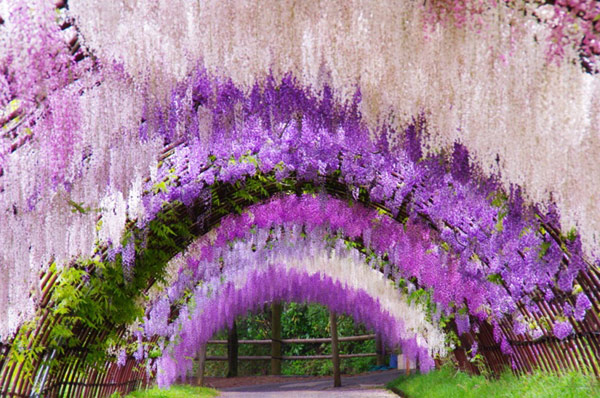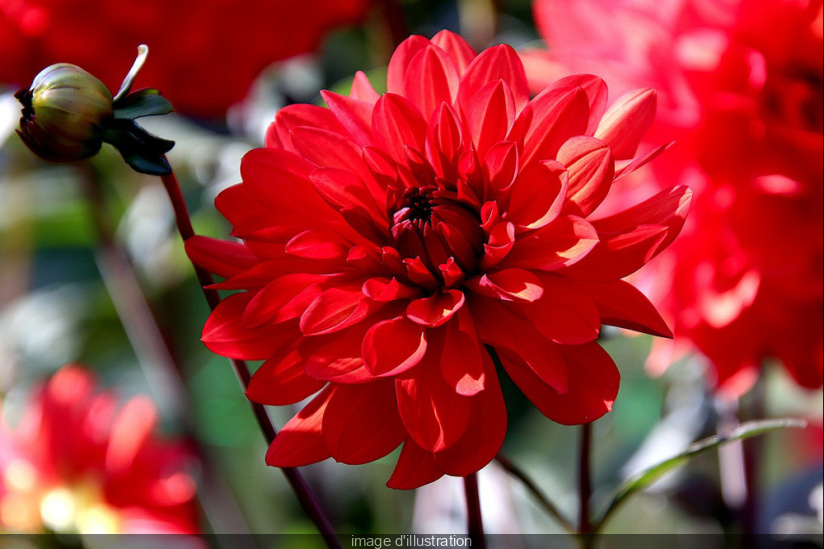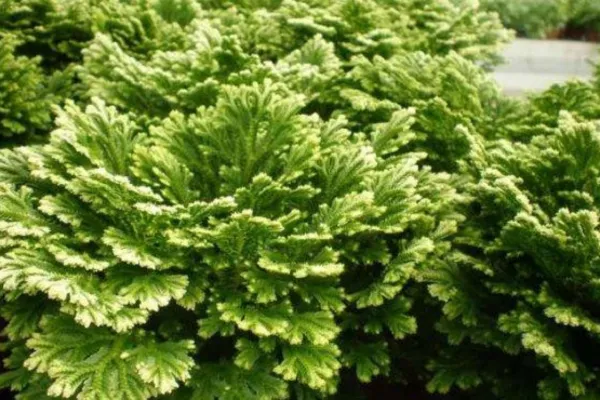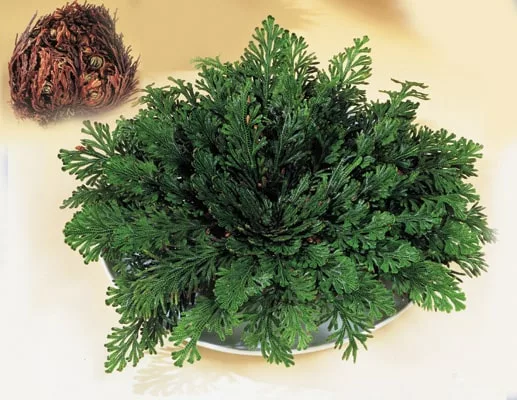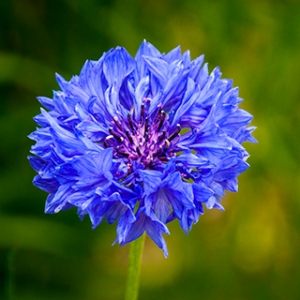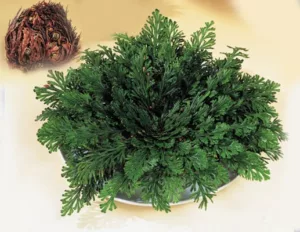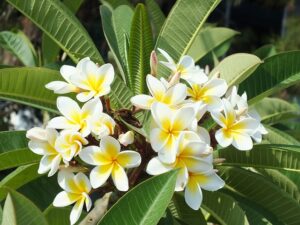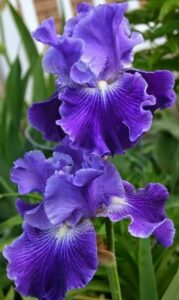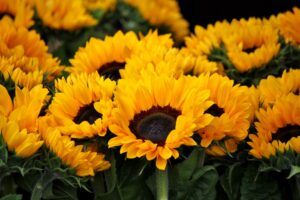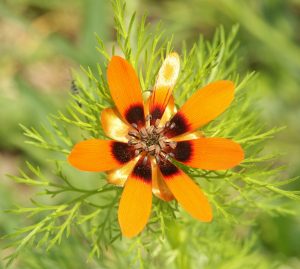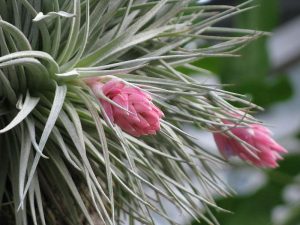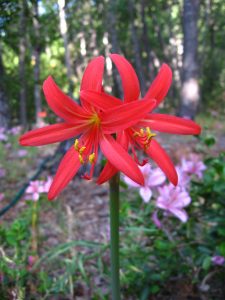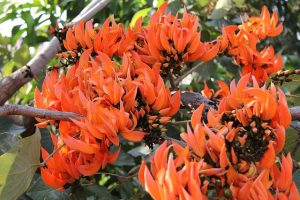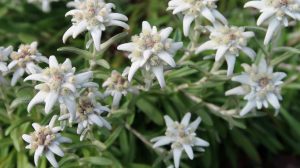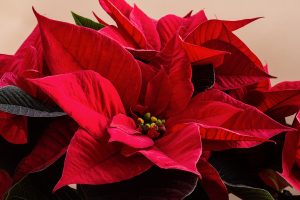Japanese Wisterias: beautiful and elegant flowers to design your garden
Hello friends, today I bring you a plant with which we have managed to recreate dream places, quite a show, I am talking about the beautiful Japanese Wisteria.
Japanese Wisteria

This plant also known as Japanese wisteria, its scientific name is Wisteria floribunda. It is native to Japan, where they call it Fuji and it is very common to make bonsai. If you want to know how to make a bonsai with it, follow this link.
In 1860 George Rogers Hall brought this plant to the United States, making it one of the most widely used flowers for romantic gardens.
Characteristics
The Japanese Wisteria is a woody climbing plant, needing multiple supports to develop, it can measure up to more than 30 m in length, its powerful stems are twisted clockwise.
Of all the existing Wisteria types, this is the one that supports the largest flower clusters, measuring up to 50 cm in length. Its flowers can be white, violet or blue, opening in early or mid-spring, before the leaves appear. They have a grape-like odor.

The fruits appear in the form of hanging, green and flattened berries. Both these and the seeds are very poisonous if ingested.

The Japanese Wisteria must be pruned in winter, before the flowering stage, in order to guarantee that it blooms successfully and in the way we want. These plants should be in places exposed to the sun and with well-drained soil. It is recommended to pay them in late autumn or winter, once a year.
Propagation of the Japanese Wisteria
There are three propagation methods for Japanese Wisteria:
For seeds, it would take too long to grow for us to enjoy its flowers.
By stake, it consists of cutting a branch of the swamp in the shape of a stake and planting it later. These should be cut and planted after flowering, in the northern hemisphere between April and June, depending on the weather. With this method it will take three to four years to flower.
By layer, this is the most recommended propagation method, since it allows the plant to flower the first or second year. It consists of taking one of the branches of the plant and burying it in the ground. Once this branch develops its own roots it separates from the mother plant.
- For seeds, it would take too long to grow for us to enjoy its flowers.
- By stake, it consists of cutting a branch of the swamp in the shape of a stake and planting it later. These should be cut and planted after flowering, in the northern hemisphere between April and June, depending on the weather. With this method it will take three to four years to flower.
- By layer, this is the most recommended propagation method, since it allows the plant to flower the first or second year. It consists of taking one of the branches of the plant and burying it in the ground. Once this branch develops its own roots it separates from the mother plant.
Plagues and diseases
Some of the diseases that Japanese Wisterias can suffer from are: leaf spots and powdery mildew caused by the fungus Phyllosticta sp., Septoria sp. and the Erysiphe mushroom, respectively. You must remove these leaves and burn them to prevent them from spreading to the rest. In addition to promoting ventilation and avoiding over-watering them.
The pests that affect Wisterias the most are aphids and mealybugs. To learn how to eliminate these pests, click here.
Use of Japanese Wisteria

The use of the Wisterias is ornamental, they are used to cover walls or walls of buildings or other constructions.
In the flowering stage we can enjoy a whole show with these flowers. So much so, that Japan has a festival dedicated to Wisteria.
Here I show you some of the most famous places to enjoy the
Wisteria Festival
Ashikaga Flower Park
It is located in the city of Ashikaga, Tochigi Prefecture. Ashikaga Flower Park features plenty of blue, white, and pink fuji, as well as yellow laburnum, botanically Laburnum anagyroide .- (Japanese: kingusari) which are cited as yellow fujis. Ashikaga Flower Park is the only park in Japan to be ranked in the “10 Dream Destinations in the World” ranked by the American television channel CNN.
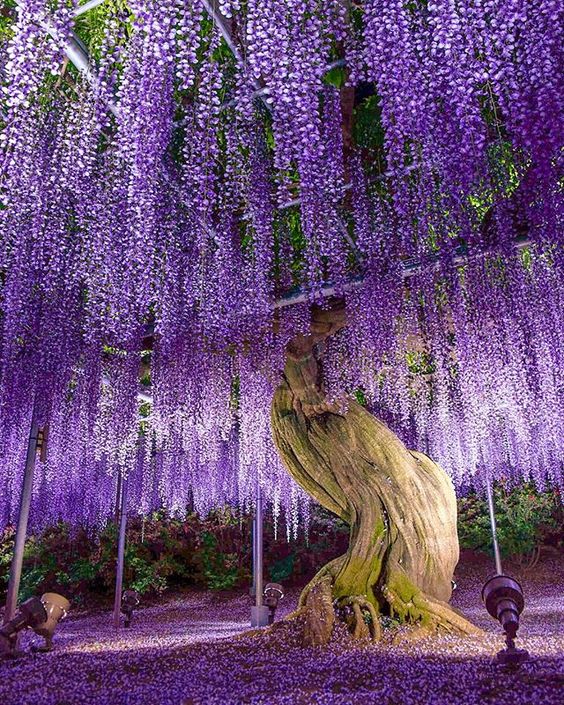
Fuji Gardens in Kitakyushu, Kawachi
These gardens are located in Kitakyushu, Kawachi and is one of the first wisteria blooming spots in Japan. It has approximately 150 trees and more than 22 species of wisteria with a variety of colors are housed in an area of 10,000 square meters. There are many attractions to see in the garden, including a 220-meter-long wisteria “tunnel” in which flowers, in various shades of purple, white, and red, grow above the trellises of the dome.
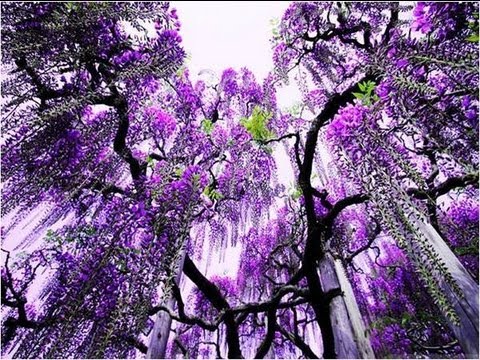
Garden of wisteria in Sennan City (Osaka)
This garden is located in Sennan City, Osaka Prefecture, in the home of a locally famous man, the last Masajiro Kajimoto. The wisterias were planted more than 30 years ago, and are of a particularly lush variety and grow on a large senator more than 30 meters wide.
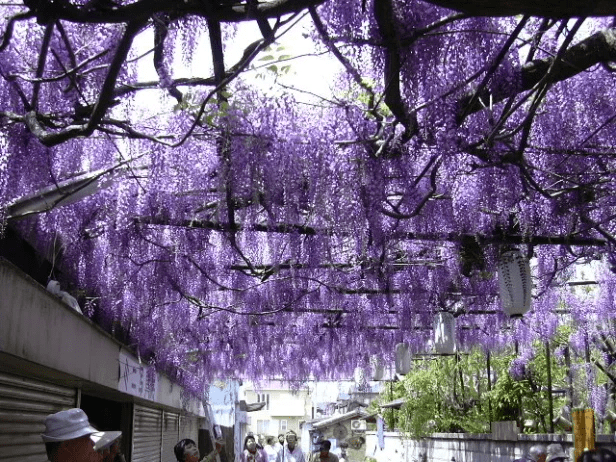
To allow his neighbors and the public to enjoy his garden, Mr. Kajimoto started opening his house every year since 1998 during the spring, making his garden a popular local wisteria festival. After his passing, locals stepped in to help preserve the garden, allowing the public to continue enjoying the party.
Byodo-in Temple (Kyoto)
The Byodo-in Temple since 1992 is considered a World Heritage Site by UNESCO and was founded in 1052, when the influential Fujiwara-no-Yorimichi inherited a villa from his father, Fujiwara-no-Michinaga, and turned it into a temple. Between two of its most famous buildings, the Phoenix Hall and Kannon Hall, wisteria trees that are over 280 years old grow, adding even more romance to the ancient surroundings.
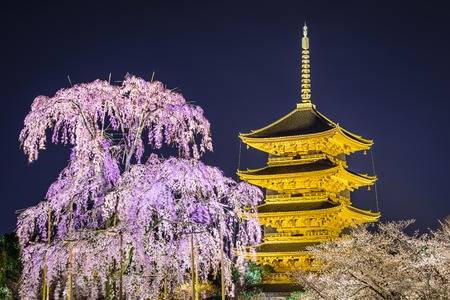
To enjoy surprising images of the Wisteria festival in Japan you can visit the following link.
More images of the Wisteria Festival in JapanThey really are beautiful and elegant.
Did you like these flowers? If so, share the article on your social networks, and leave us your comments and opinions here.

Share this content:
